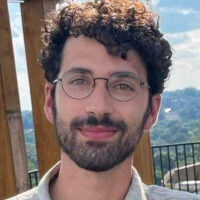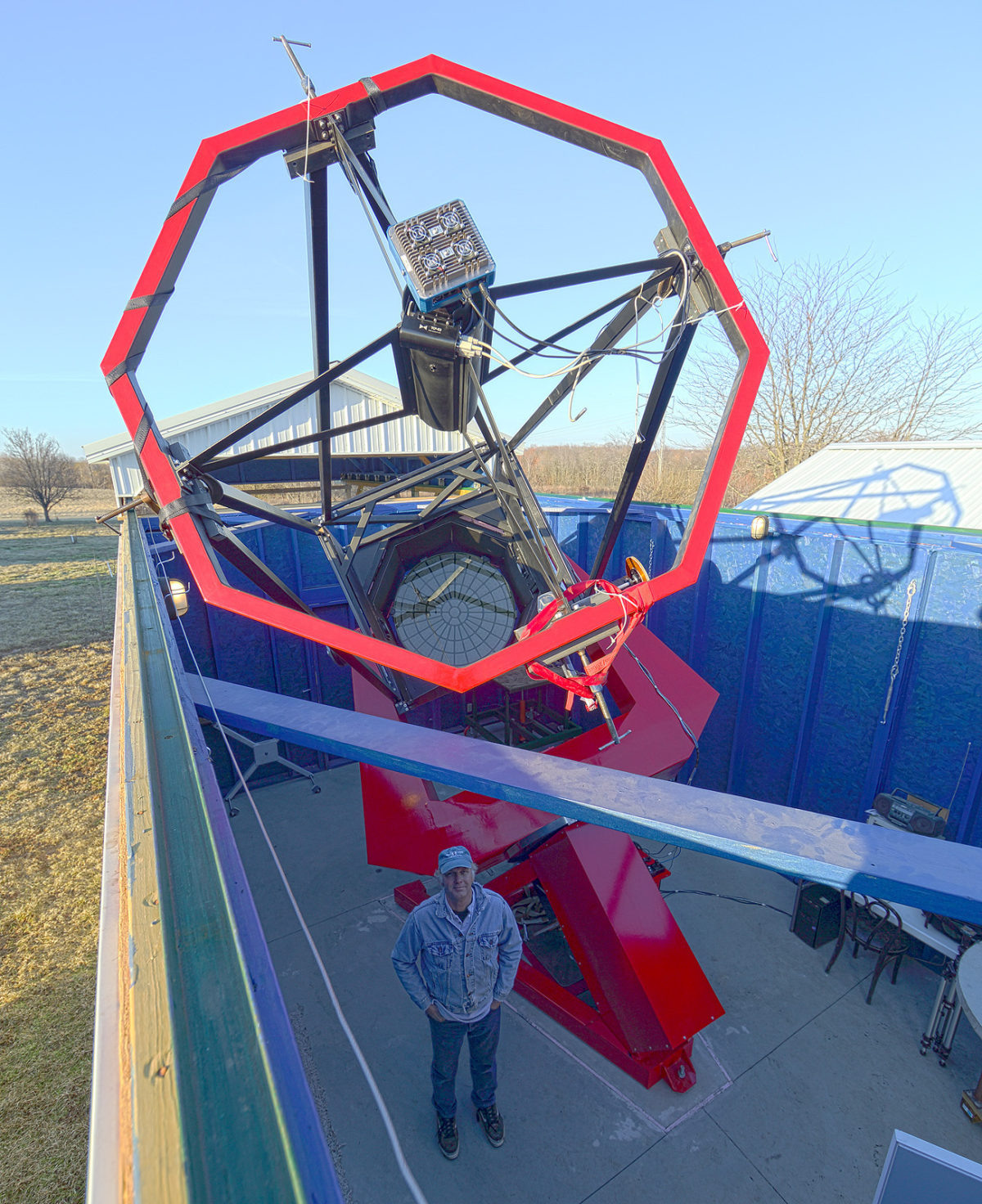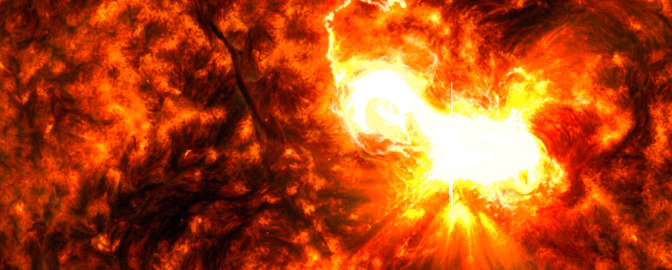Needles in the haystack
How advanced amateurs defend Earth from asteroids

Written by
Asa Stahl, PhD
Science Editor, The Planetary Society
June 9, 2025
For nearly 30 years, The Planetary Society has supported a global network of amateur astronomers dedicated to finding, tracking, and studying potentially dangerous asteroids. If our planet were hit by just one of these objects — say, one as big as a 50-story building — the explosion could be as powerful as several nuclear bombs and could leave behind a crater as wide as the Grand Canyon.
Over 10,000 asteroids at least this big are known to pass near Earth. Though none have any chance of hitting us in the near future, experts still worry about the ones we haven’t found yet.
This is why The Planetary Society began awarding grants to amateur asteroid hunters in 1997. Back then, only a few hundred near-Earth objects (NEOs) of any size had been found, and even the truly gigantic asteroids were only about 20% discovered.
Our Shoemaker NEO Grants help people, most of whom volunteer their time and resources, to fight this threat. We solicit proposals from proven observers with already impressive telescopes and award the best with grants to fund their requested upgrades to their equipment so they can better hunt for asteroids. As of today, our grants have helped discover nearly 500 NEOs and powered detailed investigations of over 19,000 more. Again and again, our awardees have helped humanity learn whether anything out there is on a collision course with Earth.
“Though most awardees are technically amateurs, their experience and their facilities allow them to fill crucial roles in planetary defense,” said Bruce Betts, chief scientist at The Planetary Society.
No two winners are exactly alike. Shoemaker Grants have supported everyone from a lone college student in China to entire astronomy clubs in Italy. One recipient in rural Illinois started as a backyard stargazer and is now funded in part by NASA because of his crucial asteroid follow-up observations. Nearly half of our grantees have their own asteroids named after them. Amazingly, most help defend our planet on the side while working around full-time jobs.

“Thanks to our members supporting our grants program, the awardees are able to make significant contributions to asteroid tracking, characterization, and discovery,” Betts said.
Until 2005, Shoemaker Grants were one of only a handful of programs dedicated to discovering asteroids. Then, planetary defense began to hit the mainstream. The U.S. Congress instructed NASA to discover 90% of all NEOs beyond a certain size, and around the same time, ground-based surveys began finding hundreds of new NEOs per year. Soon, professional facilities were dominating the number of NEO discoveries.
But amateur astronomers have had as much to do as ever. Since discovering an asteroid is only useful if you’re able to find it again later, taking follow-up observations is crucial. That’s where everyday astronomers “really shine,” said Amy Mainzer, professor in the Department of Earth, Planetary, and Space Sciences at the University of California Los Angeles.
According to Mainzer, having these contributions come from all around the world makes a big difference. Since Shoemaker award winners span almost 25 countries and six continents, there’s a good chance one is available to watch an asteroid on short notice. And even when an asteroid is not expected to hit anytime soon, the more eyes we have on it, the more powerful its discovery.
“That’s the beauty of it,” Mainzer added. “You can actually do quite a lot with a pretty modest-size telescope.”
Now, a new mission stands to benefit from asteroid hunters more than ever. NASA’s NEO Surveyor, set to launch in 2027, intends to finally reach the goal Congress set 20 years ago and discover up to 300,000 new NEOs. But the spacecraft will not be able to track a lot of what it finds for very long. Others, like our Shoemaker Grant winners, will have to step up to fill the gap.
“Planetary defense is a team sport,” said Mainzer, who is the principal investigator for NEO Surveyor. “We really rely on all of our follow-up observers all over the place.”
Shoemaker awardees will also study many of these worlds in more detail. By measuring the shape of an individual asteroid or how fast it rotates, they often help scientists better understand asteroids throughout the Solar System. If a dangerous asteroid were ever on track to hit Earth, knowing these properties would be crucial to redirecting it.
The sooner we make these discoveries, the better. We’re still far away from the day when we discover the last asteroid that might pose a threat to our planet. Until then, Shoemaker Grants and the everyday heroes they support will continue to watch the skies.
Earth's First Line of Defense
Support the team of astronomers defending Earth with a gift today.
DonateThe Planetary Report • June Solstice
Help advance space science and exploration! Become a member of The Planetary Society and you'll receive the full PDF and print versions of The Planetary Report.


 Explore Worlds
Explore Worlds Find Life
Find Life Defend Earth
Defend Earth


